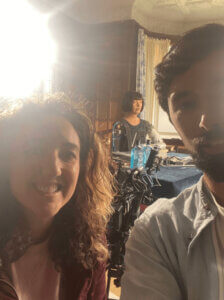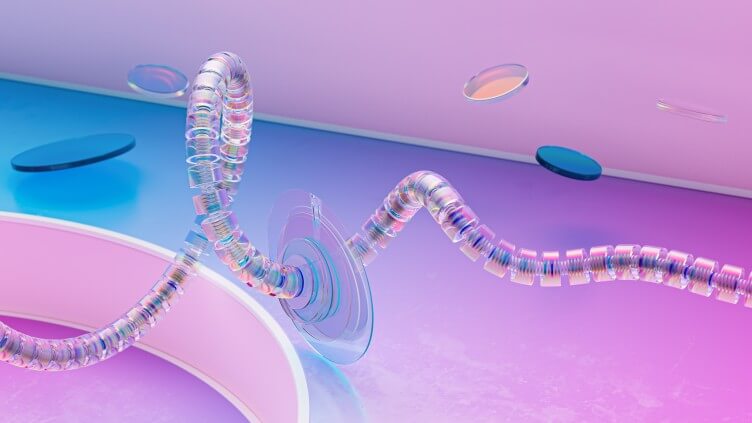On World Creativity and Innovation Day last week, Bombay Sapphire and Baz Luhrmann’s “Saw This Made This” exhibition showcased thousands of creative submissions shared online following Luhrmann’s call out last year.
Based in the Design Museum in London and the Chelsea Factory in New York, the exhibition also featured the world’s-first ultra-realistic artist robot, Ai-Da, who showcased the potential for AI to replicate and enhance human creativity. She draws and paints using cameras in her eyes, her AI algorithms, and her robotic arm.
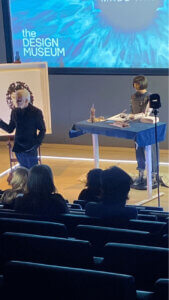
The 10 Group has been working in collaboration with Bombay Sapphire, Baz Luhrmann, Ai-Da and several other agencies to showcase the exciting potential for AI and the creative industries to work together. We have been capturing video content featuring Ai-Da and one of her creators, Aidan Mellor, and distributing it to global broadcast and online media.
While I was on my way to film Ai-Da at Hardwick House in Oxfordshire, I had what you might call a Carrie Bradshaw moment. Cue voiceover: I got to thinking – if AI can create art, what will the future of the creative industries look like?
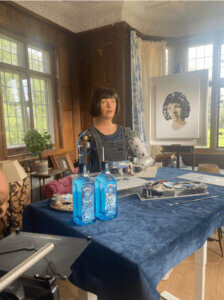
The benefits of AI in terms of supercharging productivity are already clear. Generative AI tools such as Chat GPT can automate many tasks that were once done by humans – from gathering research and generating images to writing scripts and social copy. The output usually isn’t perfect first time, but it often provides a useful starting point for creative professionals to work from. The time savings can then free them up to focus on more creative tasks, such as ideation and problem-solving.
But productivity doesn’t always go hand in hand with creativity. Brilliant ideas aren’t often conceived in a matter of hours. They take time and require patience and a willingness to fail. While AI is creating a fascinating new landscape for the industry, it can’t replace human insight and creativity. In fact, as regular influencer content producers, we found working with Ai-Da strikingly like working with human talent – she needed to process our interview questions before our shoot, and we were restricted as to what we could make her do, because she has a “mind” of her own!
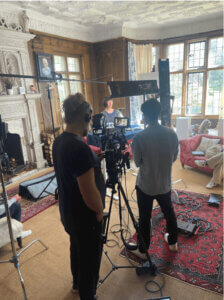
The robots aren’t coming just yet. However, AI-generated content is becoming increasingly sophisticated, and it may only be a matter of time before AI can create works of art that are indistinguishable from human-created works. This could lead to a fundamental shift in the creative industries, as AI becomes a more important tool for creating and distributing art. The creative industries are often criticised for lagging behind technological developments – but I’ve been struck by how quickly we have adapted to AI, using generative tools to accelerate our work and automate previously cumbersome tasks.
Governments around the world are interpreting the opportunities and threats associated with AI in very different ways. Italy has banned Chat GPT over privacy concerns, while the UK has set out a “pro-innovation” approach to AI, citing the importance of building public trust in the technology to harness the productivity gains it offers. I believe we are at a tipping point for AI – and the extent to which it impacts the creative industries is highly dependent on the regulation that is put in place over the next few years.
“I believe that in many ways, we haven’t grasped the impact of AI,” said Ai-Da in her Woman’s Hour interview on BBC Radio 4 last week. “No matter how fast technology is moving, we always have to be alert to its implications and potential dangers. We need people from many disciplines to understand how these technologies work, in order to keep up with their impact.”
While AI will be transformative for the creative industries, we shouldn’t see it as something that is being done to us. It’s how we work together with the technology that matters – because nothing can replace human ingenuity, but AI can help us get there faster.
